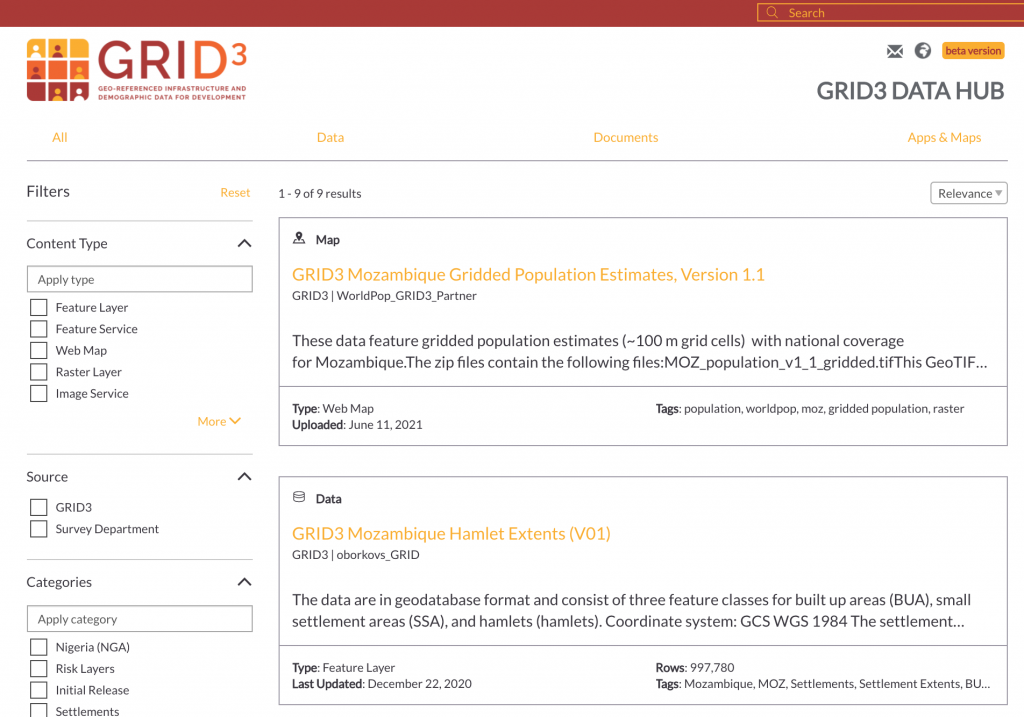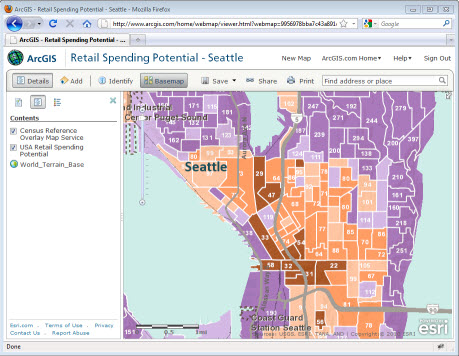
The configured form information is saved within the webmap. This allows the ability to configure how fields should display while editing.

You can author the webmap using an application like the Map Viewer with its built-in form authoring experience. Probably the easiest option, with the least amount of code, is to have your custom web application consume an already existing webmap which contains editable layers. There are a couple of different ways to handle this. This includes creating and updating features, snapping, and using form calculations. This helps take the guess work out of snapping to guidelines.Īll the work that went into updating the Map Viewer editing experience can be accessed directly via ArcGIS API for JavaScript. Visual feedback continuously displays while updates are made with snapping enabled. They also make it easier to extend a feature given its current direction.

They allow you to better create perpendicular and parallel lines. Geometry guides are a way to facilitate specific workflows when creating or editing features.

The editing tools provide the ability to enable snapping and choose the layers you wish to snap to, while creating new features or updating existing ones. Feature to feature, when creating new feature or editing existing ones. Snapping lets you maintain geographic relationships between features, ie. When we think about data integrity, attributes come to mind.
#FEATURES TO WEBMAP UPDATE#
This continuous create editing update is just the first of many planned improvements set for future releases. This alleviates the need for individually updating each feature’s attributes while editing. With these default values set, you can now continuously create features with all the associated defaults values applied. The most efficient way to handle this is to set default values on the underlying dataset’s fields. It is possible to continuously create multiple features of the same type at once. Note: Plans are in place to provide this authoring functionality within ArcGIS Online. Check out this great blog article that discusses this further. You will also need to check and enable the ability to update/add contingent values for your hosted feature service after publishing in ArcGIS Pro.
#FEATURES TO WEBMAP PRO#
Vehicles (Brand, Model, Trim, Color, Year)īefore you get started with contingent values, you will need to author them in ArcGIS Pro prior to publishing.Determining available characteristics of an asset (Pole class, material, height).Biological Taxonomy classifications (Kingdom, Phylum, Class …).Contingent value domains allow a user to model data where choices made on one field determine available choices for another field. This update can prove to be extremely valuable when designing data models. In this latest release, we introduced support for editing contingent value domains in the web. ArcGIS Solutions can be an excellent way to kick start your data model as it has the added benefit of creating both user-focused apps and maps at the same time. It is not necessary to start from scratch. Although this can take time, it is worth the additional effort as the ease of editing quickly becomes apparent once you start. While this functionality is not new, combining all of them together can form the foundation for a great editing experience.
#FEATURES TO WEBMAP FULL#
This data model should take full advantage of domains, feature templates, default values, etc. One of the most important things you can do to improve an editing experience is to allocate time beforehand to design the data model for the required workflow. Great editing experiences start with great data models Before we dive into some of these new features, let’s discuss a few key areas that may help ensure workflows for successful editing. These enhancements aim to deliver a great editing experience as they primarily focus on improving data quality while helping the user become more efficient in their editing workflows. Several editing enhancements were recently added to both ArcGIS Online and ArcGIS API for JavaScript. This may require a more advanced editing experience where it is necessary to have basic quality assurance, data correction, and snapping. Other times, you might be reviewing information collected from the field using an app like ArcGIS Field Maps. In addition to this, its corresponding attribute data may not need a fine level of detail. These proposed locations may not initially be accurate in their locations. For example, imagine an editing scenario where sampling locations need to be created.

The requirements of one user or organization may differ quite significantly to another. Creating and updating features can be an immensely broad experience.


 0 kommentar(er)
0 kommentar(er)
